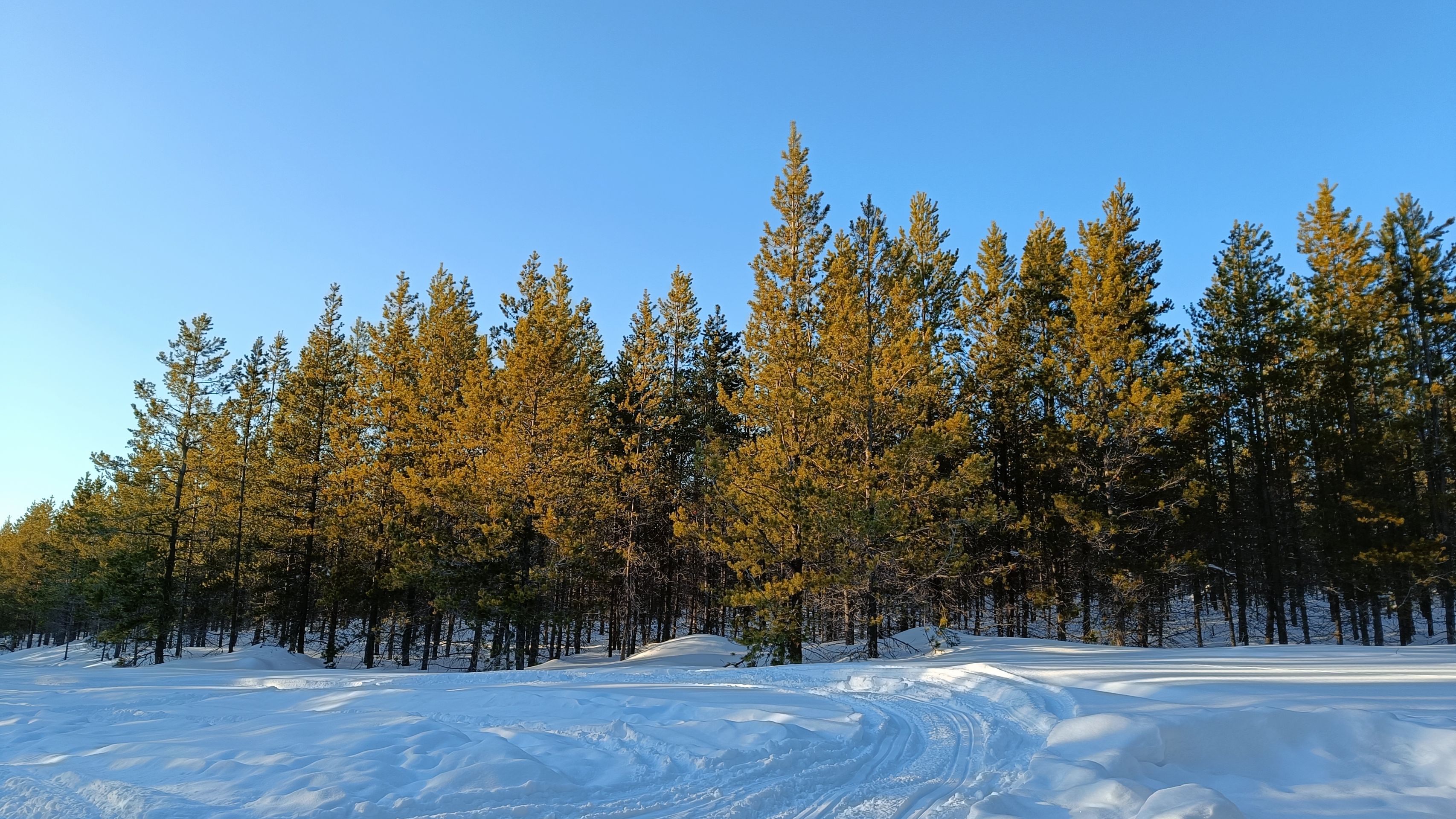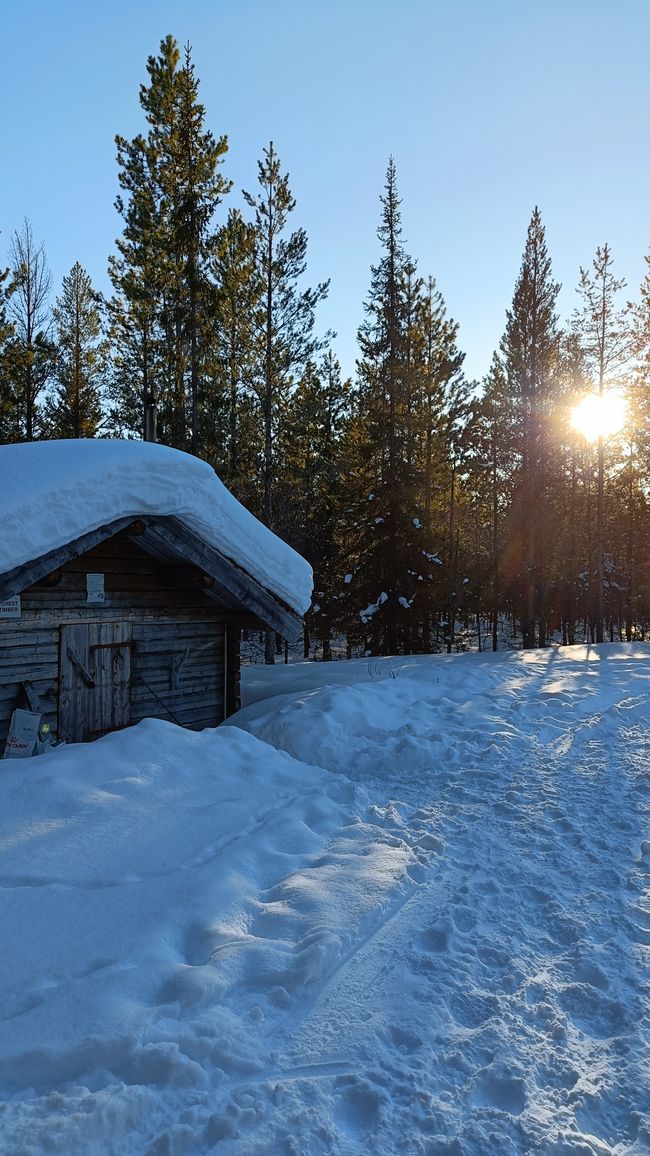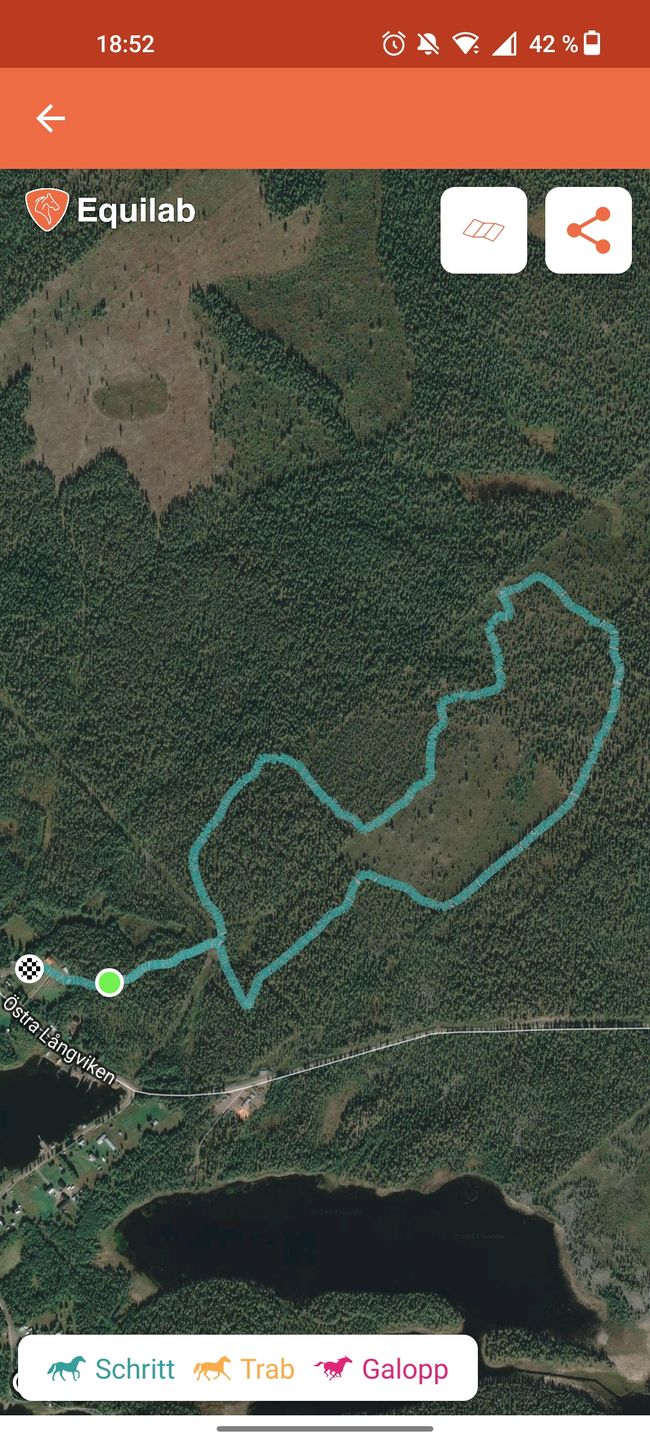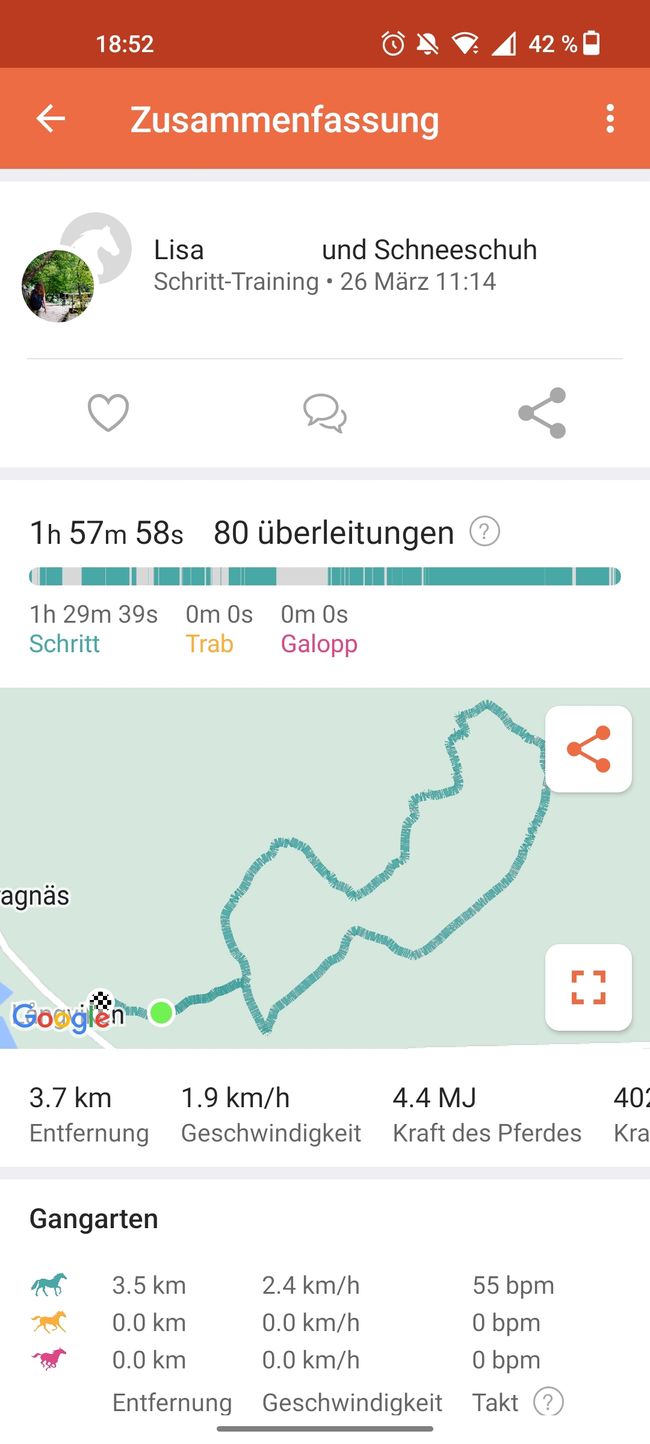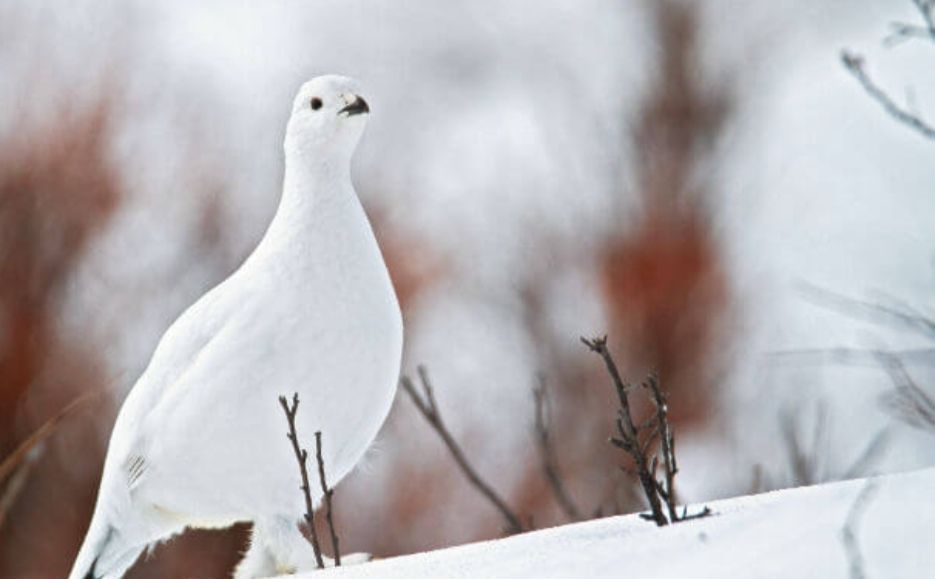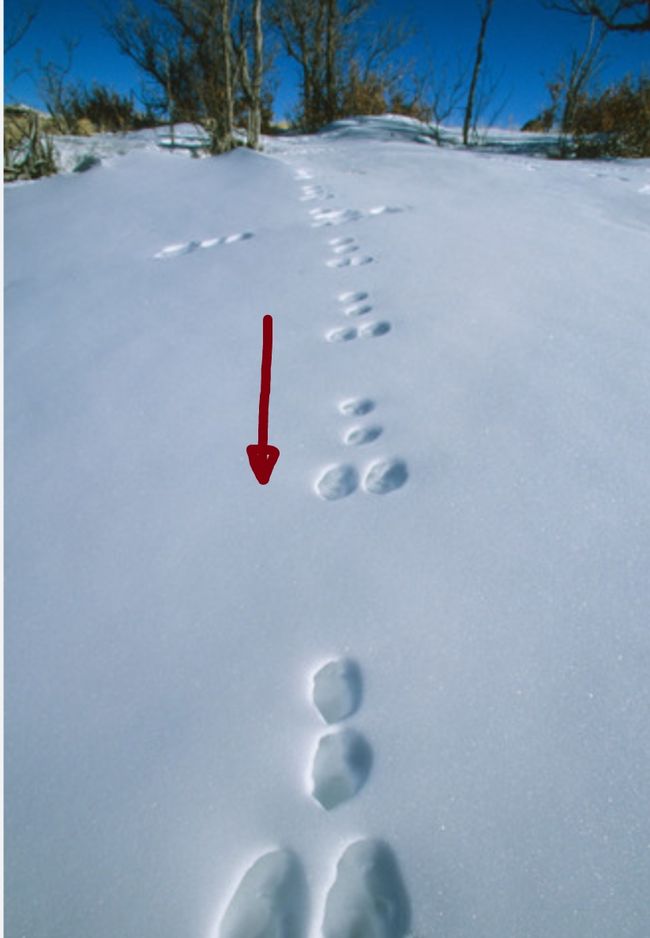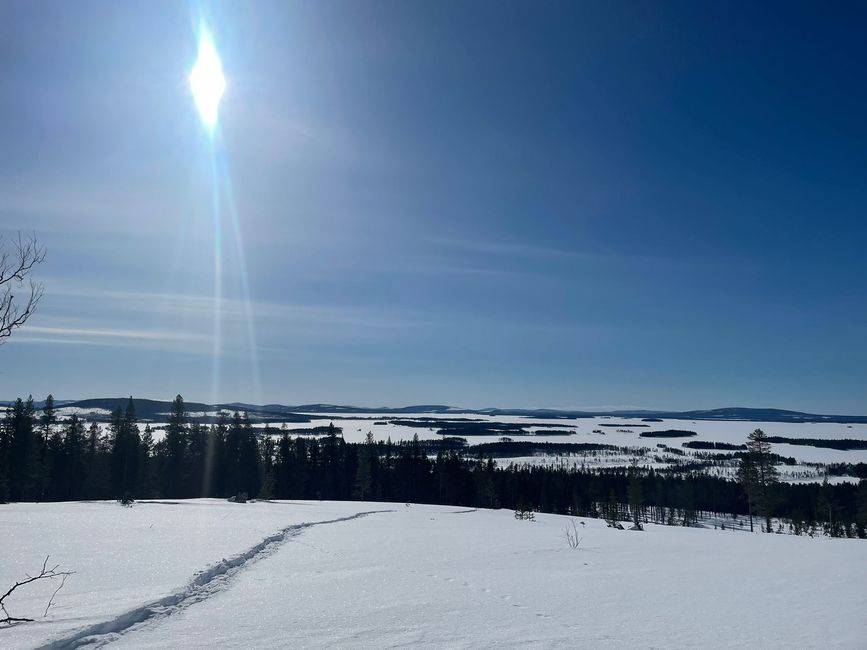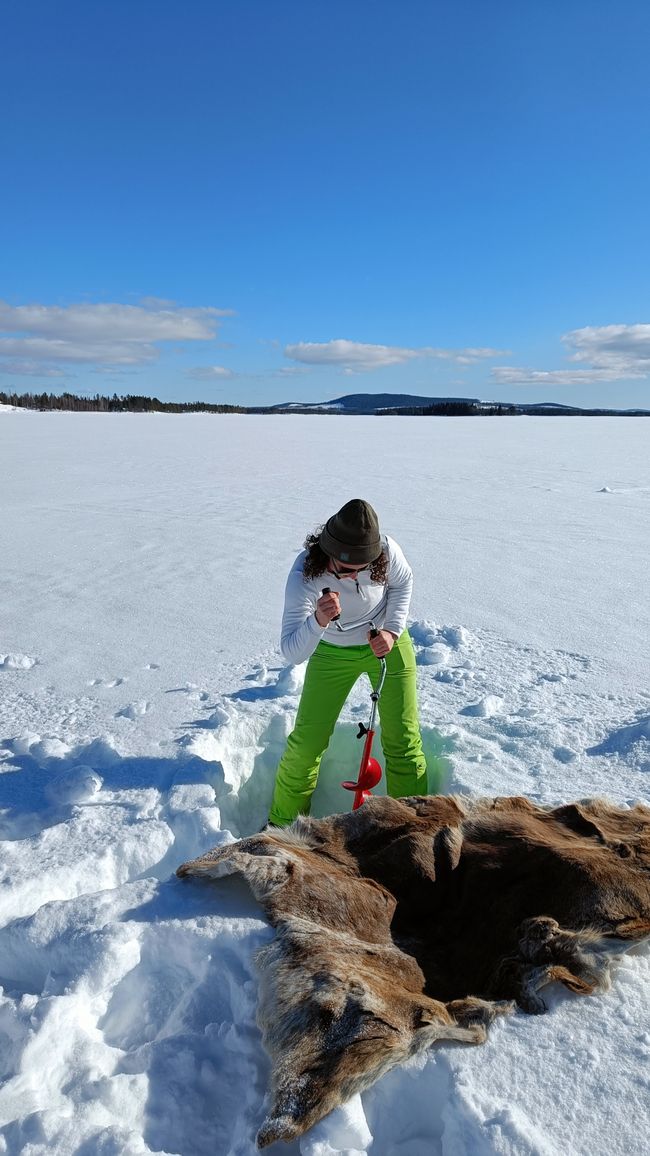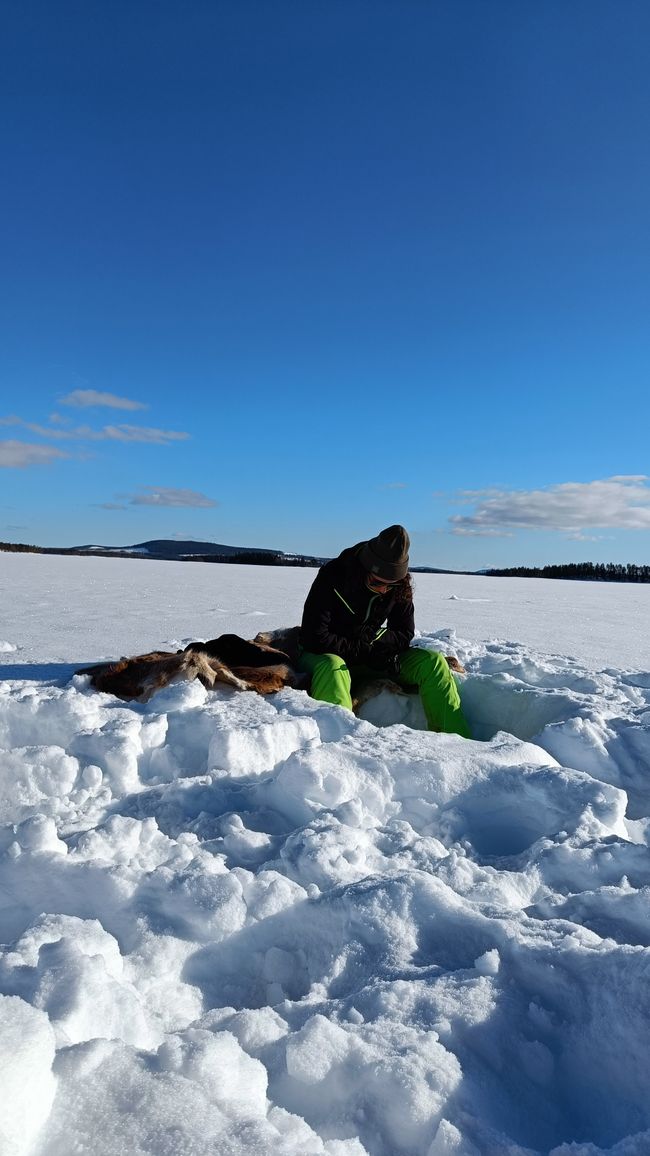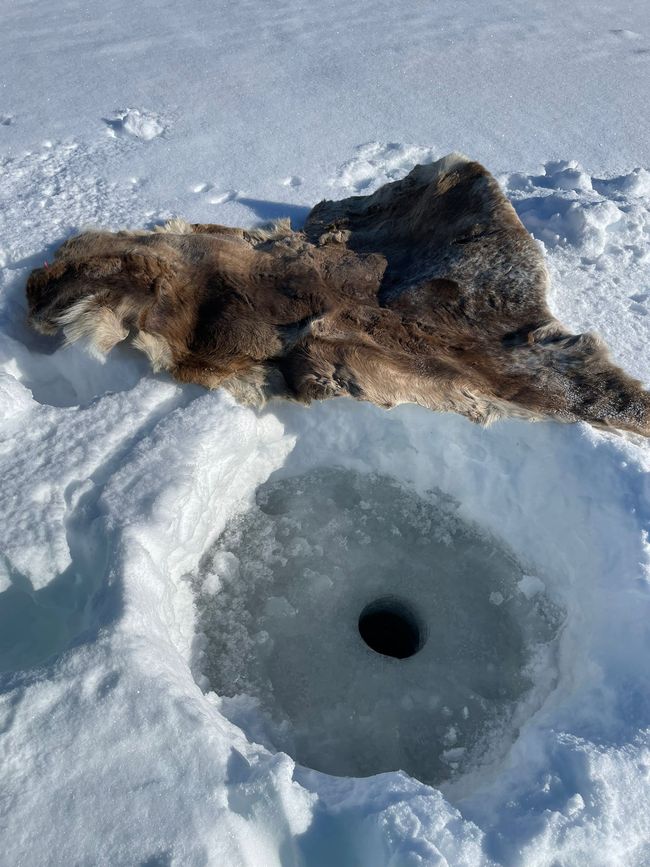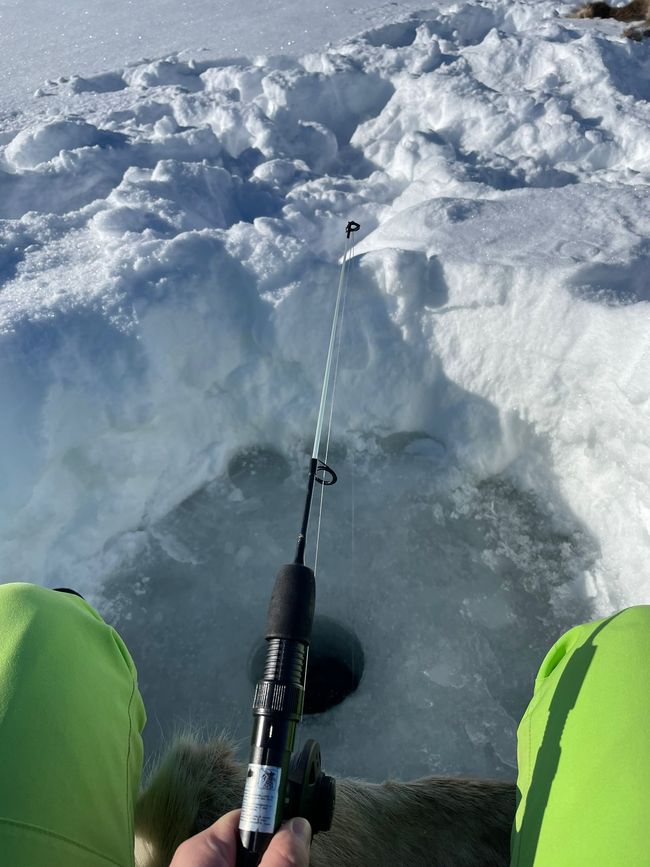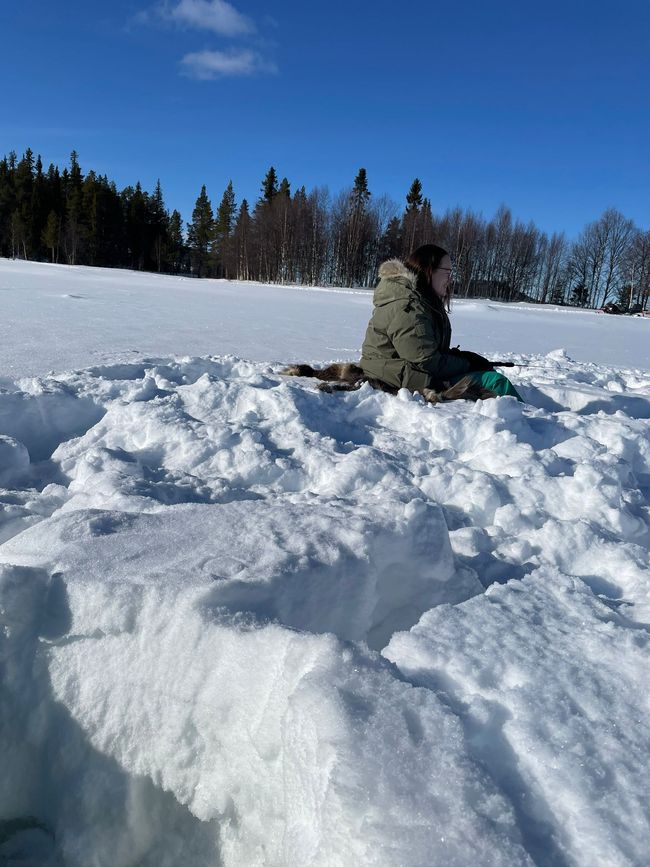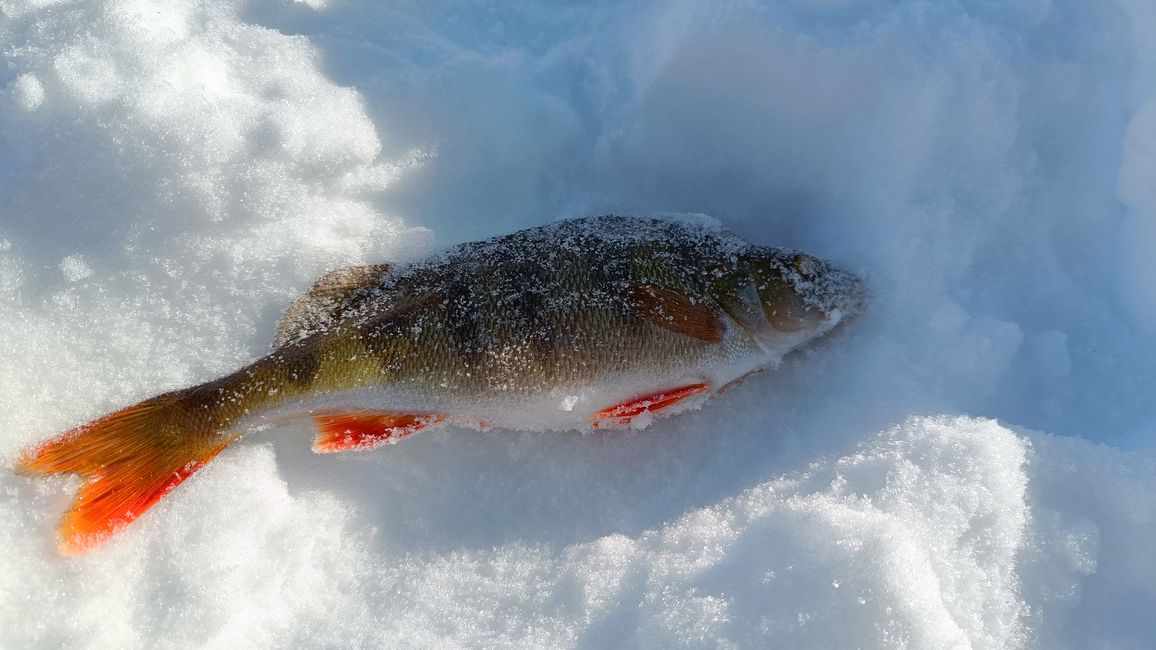White Horizon - 4th Day
បោះពុម្ពផ្សាយ: 01.04.2023
ជាវសំបុត្រព័ត៌មាន
On the 4th day, after breakfast, we went snowshoeing. Johannes, Bianca, and I (Marlene skipped today to be fit for the overnight tour), along with the two volunteers Nick and Marlene, set off. We hiked to the local mountain at a very slow pace (the name is unclear but probably something like 'medium-sized hill' in Swedish). At first, we felt a bit underchallenged, but on the other hand, we were afraid of not keeping up with the group. So it was actually quite nice to be able to keep up easily.
During the hike, Johannes told us some things about the surroundings. Among other things, he stopped at an animal track in the snow and asked two simple questions. 1. What track is this? 2. In which direction did it go? We could answer the first question directly with 'rabbit'. But we completely failed with the second question. Afterwards, it actually makes sense that with a running rabbit, the front legs hit the ground first and are overtaken by the hind legs. So the front is where the hind legs are visible.
It was also interesting to learn that you should make a wide arc around suddenly appearing snow-free areas (especially if the average snow cover is quite high). The reason for this is often underlying swamp areas that melt the snow due to chemical processes. On the one hand, you potentially sink slower with snowshoes, but on the other hand, once you're already sunk, it's very hard to get out. So it's better to just avoid them.
He also solved the puzzle of the large cleared areas in the forest. Sweden plans exactly which areas will be cleared when (so that everyone gets their turn sooner or later). In addition, for every felled tree, 3 new ones are planted.
We were also enlightened about ptarmigans, which may have solved the mystery of some of our panic attacks during our first snowshoe outing. The day before, we stopped several times and looked around in confusion (with pure panic in our eyes). Several times, we heard a noise that was at best comparable to a large amount of snow falling from trees and at worst comparable to a full-blown snow avalanche (only much more time-limited). We had no idea what it could be. Today, Johannes explained that they have a lot of ptarmigans in the area (which we had already noticed on our first walk), but you often only notice them when they take off if you get too close to them. Because they often lie under a thick layer of snow. When one of them took off in front of us, it sounded very similar - so maybe it wasn't a full-blown avalanche after all (:
When we reached the hill, the view was very nice. For the first time, we could actually get a glimpse of the size of the lake. However, the photo doesn't really do it justice. After that, we hiked a little further up before leisurely heading back to the farm. Overall, the trip was very relaxed, and Marlene probably would have left us behind if she had the opportunity.
After lunch, Bianca and I went ice fishing. First, we had to shovel away the layer of snow (at least 70 cm) (okay, everyone else had to, I unintentionally took over Johannes' hole after he showed us). Then we drilled a hole in the ice (about 80 cm) with the ice auger. We tried to remove as much ice as possible and made ourselves comfortable on our reindeer skins. The short fishing rods were baited with mealworm larvae and had a reflective part above the hook. We let the fishing line sink to the bottom and then pulled it back up to about 1-2 m above the bottom, which should ensure that our hook is in the water column and not on the bottom or in the ice. The fishing rod should be constantly moved so that the fish notice the reflective part and therefore the bait. After about 10 minutes, Bianca felt the first nibbles, but it was just a passing visit (even the bait was untouched). After 30-45 minutes, I finally caught one. A proper trophy and my first self-caught fish (although it was also my first attempt at fishing). Melissa and Marlene were also there (two volunteers) who just wanted to join but didn't seem very enthusiastic, and Johannes said 'I depend on both of you (Bianca and me) to decide how long we stay,' which put a lot of pressure on us. So shortly after that, we said it was enough for us, even though neither of us would have had a problem sitting for a few more hours, it was actually very meditative.
In the end, the fish was fed to the dogs. During one of our puppy walks on the lake, we learned that the oldest person in the village cuts 3 holes in the ice a few meters apart with a chainsaw every year and puts nets between them. All the fish that he and his wife don't consume goes to the dogs. Rich in fat and very nutritious, it's the perfect supplement for the hardworking dogs who need a lot of energy for their work.
ជាវសំបុត្រព័ត៌មាន
ចម្លើយ
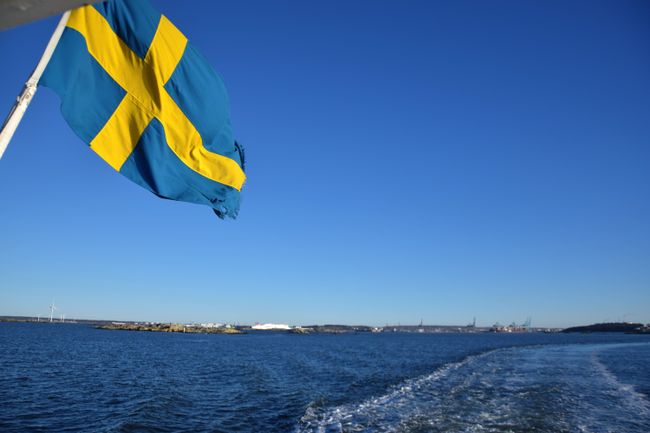
របាយការណ៍ធ្វើដំណើរ ស៊ុយអែត
